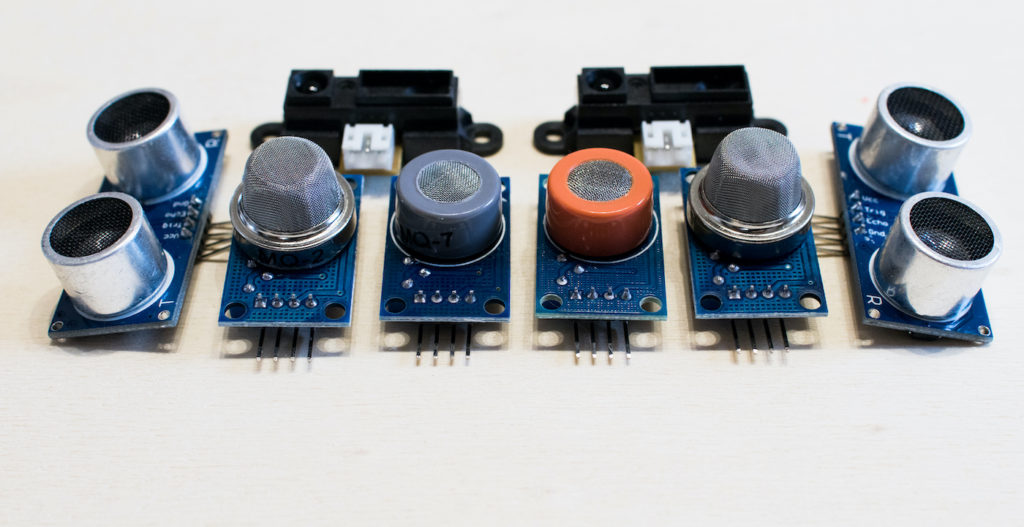Scientists have recently developed methods to detect breast cancer by measuring a patient’s breath and urine. They used electronic nose gas sensors for breath, along with gas-chromatography mass spectrometry to quantify substances found in urine. These diagnostic methods are inexpensive and were found to have 95% accuracy. The new method may be particularly useful in detecting small tumors (which are difficult to see on mammography, especially in dense tissues) and in resource-limited areas.
Current methods of detecting breast tumors have significant downsides. Dual-energy digital mammography is effective but increases radiation exposure. MRI is expensive. Biopsies and serum biomarker identification processes are invasive, equipment-intensive and require significant expertise.
By analyzing a patient with noninvasively collected exhaled breath and urine samples using inexpensive equipment, the researchers have uncovered a highly accurate and accessible diagnostic methodology for breast cancer. The study conducted at Ben-Gurion University of the Negev and Soroka University Medical Center was published recently in Computers in Biology and Medicine.



